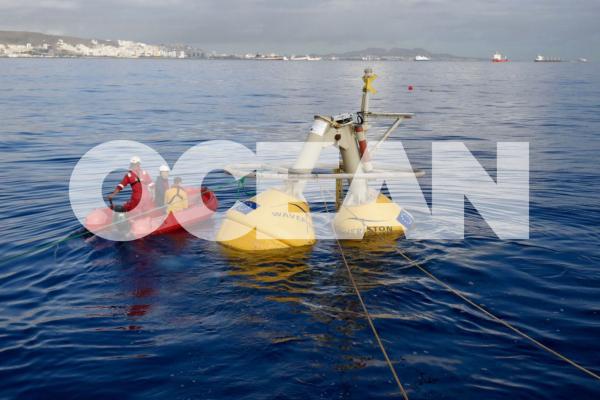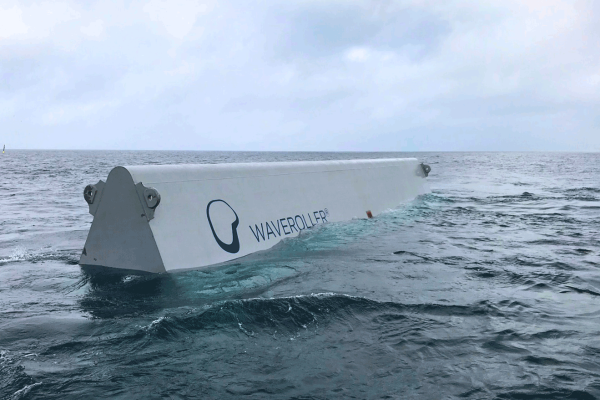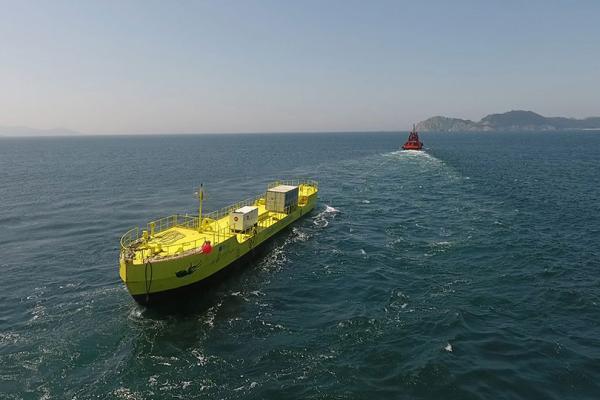The technology to transform these sources of energy into electricity is developing fast and marine renewables could become the main source of energy in the EU by 2050.
Objectives
- The EU aims to have at least 42.5% of renewable energy by 2030.
- The objective for ocean energy is to have at least 1 GW of installed capacity by 2030 and 40 GW by 2050.
In 2023 the European Commission presented 2 initiatives which aim to accelerate wind energy manufacturing and deployment in Europe.
- European wind power action plan (COM/2023/669)
- Communication on delivering on the EU offshore renewable energy ambitions (COM/2023/668)
In 2020 the European Commission issued a strategy to harness the potential of offshore renewable energy. This strategy maps out a path to replace fossil fuels by offshore renewables, creating industrial opportunities and green jobs across the continent. The marine renewables industry will need to scale up 5 times by 2030 and 25 times by 2050 to support the Green Deal’s objectives. The European Commission has committed to support the value chain investing in those developments and keeps track of the progress made.
Producing electricity from the sea is compatible with the goals of the EU Biodiversity Strategy and can happen in parallel with other activities such as fishing and aquaculture. Implementing the maritime spatial planning directive is essential to anticipate changes, avoid conflicts and find synergies between various activities at sea.
Ocean energy technologies, like wave and tidal converters, are part of the EU's blue economy. They are emerging rapidly and have the potential to provide steady and predictable power output and contribute to reaching the EU’s climate and energy goals.
Actions
The European Commission facilitates cross-border cooperation and exchange of good practices on the issues of maritime spatial planning and marine renewables, notably via the North Seas Energy Cooperation and the different sea basin strategies.
The main sources of EU funding instruments available for EU countries to support their marine renewables sector are: InvestEU, the Recovery and Resilience Facility, the Connecting Europe Facility, Horizon Europe and all the structural and regional funds which now have ring-fenced amounts to support the Green Deal objectives.
The European Maritime, Fisheries and Aquaculture Fund supports marine renewable energy projects and spatial planning activities to enable the sector to develop smoothly and in harmony with nature and other sectors.
Documents
News

- News announcement
The world's oceans, covering approximately 70% of the planet's surface, are, for the most part, an untapped energy source. Leaders in the renewable energy sector tell Euronews Correspondent Denis Loctier how Europe can make better use of its surrounding waters to generate a reliable and sustainable
- 1 min read

- News article
Wave energy is the single largest unused renewable energy source on the planet. The total theoretical wave energy resource worldwide stands at an impressive 30,000 TWh/year, surpassing the combined human consumption of electrical energy. If this energy could be properly harnessed, it would increase
- 2 min read

- News article
Magallanes Renovables, a pioneering Spanish renewable energy company, is tapping into the vast potential of tidal energy - thanks to BlueInvest. Their mission revolves around engineering, designing, and manufacturing colossal floating platforms capable of generating clean, 100% predictable energy
- 3 min read
Media
Euronews Ocean: Riding the wave to a greener future: Is ocean power the solution?
In this episode, we dive into the world of wave & tidal power, a frontier of renewable energy that could play a pivotal role in Europe's green energy transition, following 3 exciting projects.
